The following is a report of our virtual visit as part of our Synodal process. If you have any corrections, please let us know.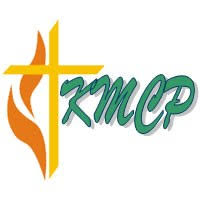
Summary: On June 27, ICMICA conducted a “virtual visit” with KMCP Kenya, the Kenya Movement of Catholic Professionals (KMCP). The visiting team included Kevin Ahern, Marina D’Costa, Philippe Ledouble, Rosa Ramirez, and Joseph Rahasa. KMCP representatives included Samuel Mukundi, Catherine Nyoike, Catherine Njuguna, Rita Njiru, Anne Musyimi, Peter Theuri, Gracey Njeri, Paul, and Imelda. We were also joined by Osirang Sibiya, from the National Movement of Catholic Students (IMCS-Kenya)
KMCP is a national federation of Catholic Professionals who identify with Catholic social teaching. KMCP grew out of the IMCS movement in Kenya over two decades ago. KMCP works with and is recognized by the Kenya Catholic Bishops Conference. Presently, KMCP is not formally registered as an organization (trust) but they have plans to do so. KMCP has about 2,000 members (about 3,000 social media contacts).
The movement is governed by a national executive team with diocesan chapters. Within KMCP there are efforts to create or partner with specialized groups, including Catholic doctors, lawyers, academics, teachers and economists. Some of these, like the doctors, have their own organization that partner with KMCP.
KMCP has developed a number of advocacy programs, including following up to the UPR process (first organized with ICMICA global). One important project is the targeted training/advocacy with Catholic members of the Kenya Parliament on specific bills (education bill, opposing reproductive bill, helping to build retirement home for priests) (note: this might be something to consider promoting in other countries).
Challenges and Opportunities
- COVID 19: Like many groups, COVID has disrupted a number of programs including efforts to move to more parish level groups. In response to COVID, KMCP has organized, with others in ICMICA in Africa, several online webinars. This has opened up new forms of action for KMCP.
- Extension into all dioceses: KMCP has contacts in all the dioceses, but has not been able to sustain groups in each one. Targeting extension programs into each one is a goal for KMCP.
- Recruiting Young Professionals and transition from IMCS: A major challenge identified was how to engage more former IMCS members. KMCP expressed a “deliberate intention to ensure links with the student movements for mentorship, succession planning, handing over to new generations” (note: the commitment was clear in the inclusion of multiple generations and the leadership of NMCS Kenya).
- Identity: One challenge that was identified relates to the identity. For some members coming from the IMCS experience, there is a strong commitment to Catholic social teaching, human rights, and the option for the poor. For others, the draw to KMCP is more on professional identity (as a doctor, lawyer, etc) and they may not share the same commitment to social justice as others. According to at least one participant from KMCP, this contributes to some of the difficulty in recruiting former IMCS members. It was stated that it was important to address issues of “inclusion and exclusion” within the movement.
- Lay expertise: KMCP members identified a challenge for the church in Kenya to recognize the expertise of lay people (e.g., not consulting architects in the parish when building a new building). This was seen by the members as an opportunity for KMCP to promote lay people in the church.

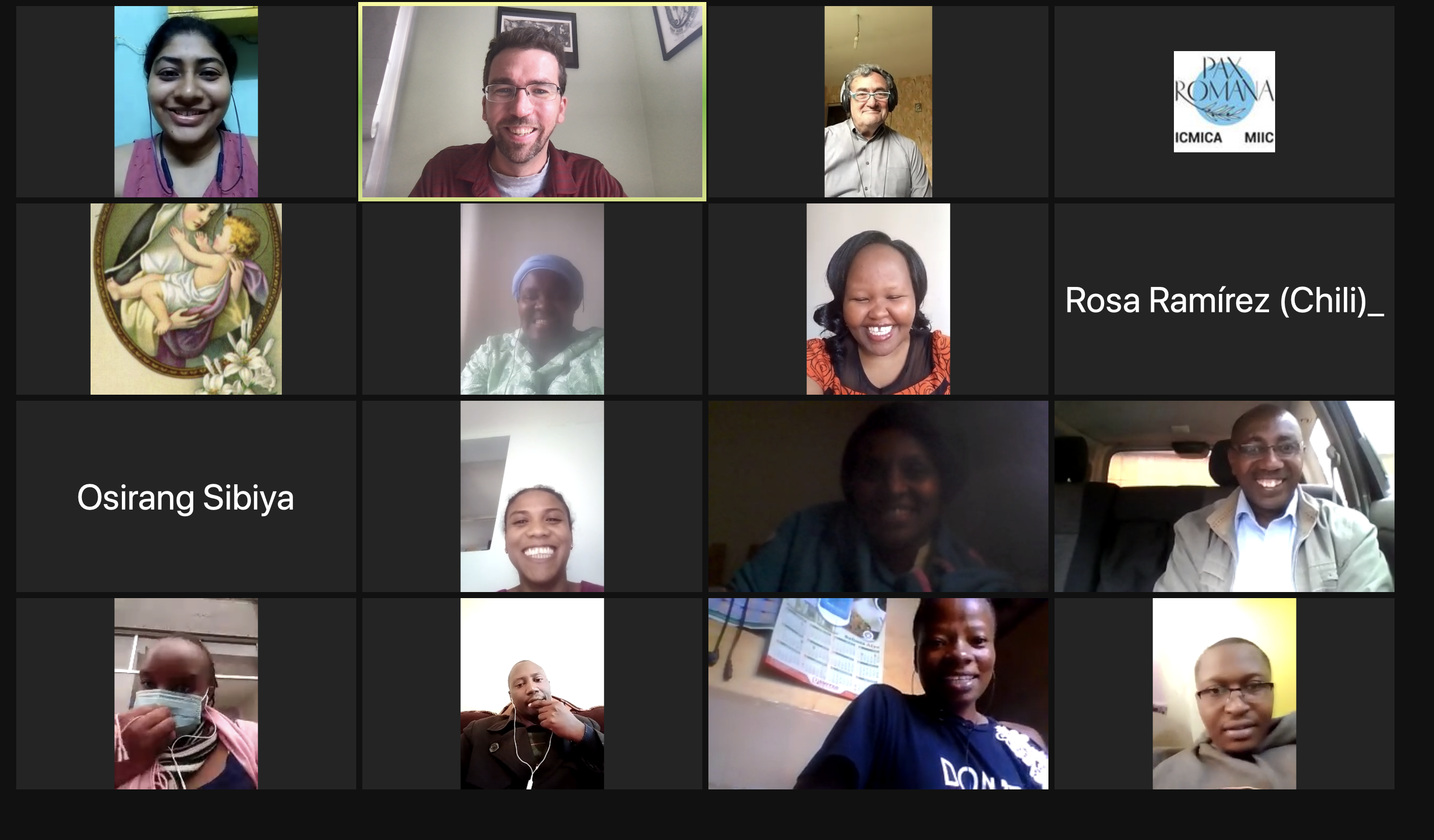
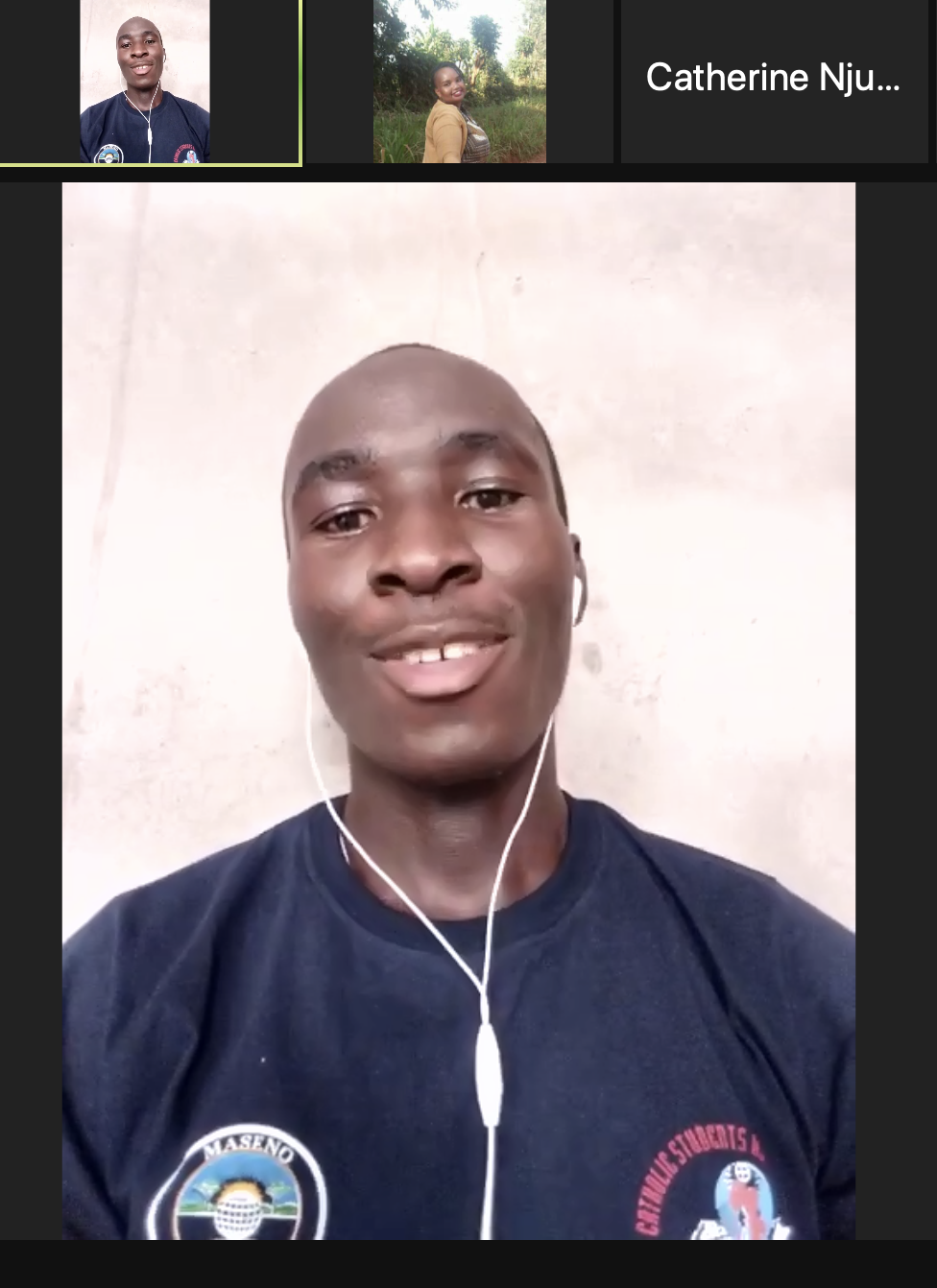
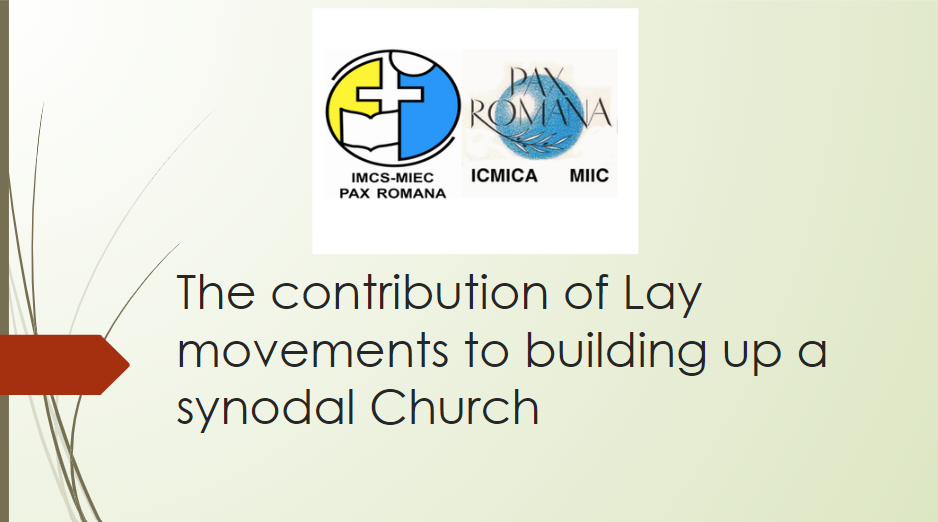
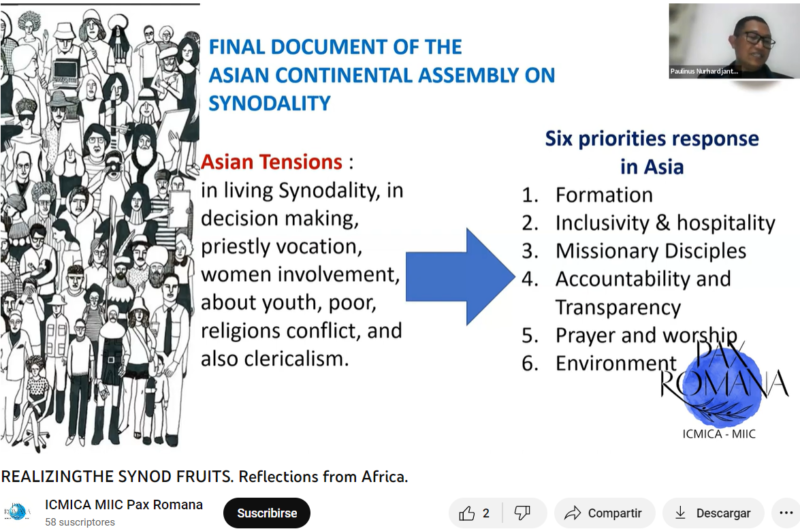
Leave A Comment
You must be logged in to post a comment.